Styleclash - drawing game for IPad2 from SubmarineChannel on Vimeo.
Interesting approach and simple interface. I think that's a perfect use of iPad for games.And you? What do you think about that?
Styleclash - drawing game for IPad2 from SubmarineChannel on Vimeo.
Interesting approach and simple interface. I think that's a perfect use of iPad for games.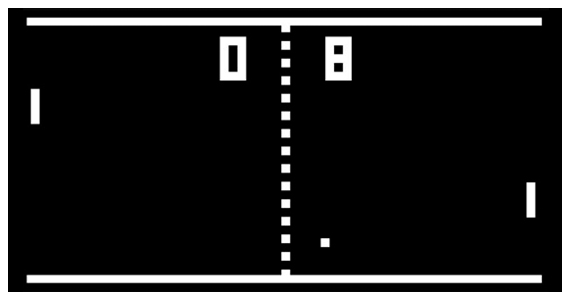 PONG it´s an example of simple and elegant game design. It´s simple because there´s only one rule printed in the arcade: "avoid missing ball for high score" and it´s elegant by the minimalist design/idea of a table tennis made with few elements in the screen.
PONG it´s an example of simple and elegant game design. It´s simple because there´s only one rule printed in the arcade: "avoid missing ball for high score" and it´s elegant by the minimalist design/idea of a table tennis made with few elements in the screen. In a future post I want to discuss this aspect. I want to talk about the dynamics of how movies become games (eg Iron Man) and how games become movies (eg Silent Hill).
In a future post I want to discuss this aspect. I want to talk about the dynamics of how movies become games (eg Iron Man) and how games become movies (eg Silent Hill).
 Since I guess that I have been in a privileged position to witness the development of this debate over the last four years, I decided to write down a list of the most common misconceptions that it generated. It is not my main intention in this paper to support ludology but rather making explicit all the contradictions that prevented this debate from taking place. However, I do not pretend to be totally objective neither: I do not favor narrative as a privileged means for understanding videogames for reasons that have been previously exposed by several authors and are beyond the scope of this article. Finally, I would like to make clear that I will be speaking only for myself and I am the only responsible for all the opinions expressed in this article.
Since I guess that I have been in a privileged position to witness the development of this debate over the last four years, I decided to write down a list of the most common misconceptions that it generated. It is not my main intention in this paper to support ludology but rather making explicit all the contradictions that prevented this debate from taking place. However, I do not pretend to be totally objective neither: I do not favor narrative as a privileged means for understanding videogames for reasons that have been previously exposed by several authors and are beyond the scope of this article. Finally, I would like to make clear that I will be speaking only for myself and I am the only responsible for all the opinions expressed in this article. •Hamlet on the holodeck: the future of narrative in cyberspace by Janet Horowitz Murray (link)
•Hamlet on the holodeck: the future of narrative in cyberspace by Janet Horowitz Murray (link)
Board game designer Reiner Knizia interview from SubmarineChannel on Vimeo.
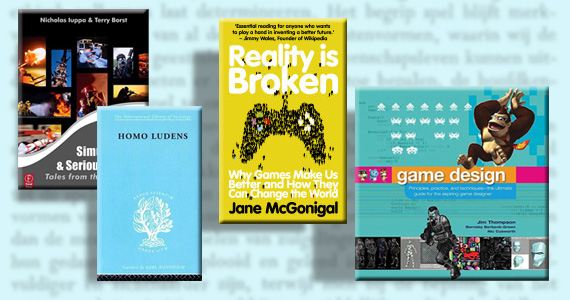


 And for last I want to leave a very interesting link from Jesper Juul´s site: its a "Dictionary of Video Game Theory". Click here to go to the URL.
And for last I want to leave a very interesting link from Jesper Juul´s site: its a "Dictionary of Video Game Theory". Click here to go to the URL. There is considerable evidence that advertising effectiveness in traditional media (e.g. print, radio and television) is influenced by several context characteristics, like the different emotions people encounter or the physical and social environment they are in while being exposed to an advertisement (Bronner et al., 2007; Moorman, 2003; Van Reijmersdal et al., 2010). Yet, research on the effects of context characteristics on advertising in digital games is still limited.
There is considerable evidence that advertising effectiveness in traditional media (e.g. print, radio and television) is influenced by several context characteristics, like the different emotions people encounter or the physical and social environment they are in while being exposed to an advertisement (Bronner et al., 2007; Moorman, 2003; Van Reijmersdal et al., 2010). Yet, research on the effects of context characteristics on advertising in digital games is still limited. In this volume, people of diverse backgrounds talk about tabletop games, game culture, and the intersection of games with learning, theater, and other forms. Some have chosen to write about their design process, others about games they admire, others about the culture of tabletop games and their fans. The results are various and individual, but all cast some light on what is a multivarious and fascinating set of game styles.
In this volume, people of diverse backgrounds talk about tabletop games, game culture, and the intersection of games with learning, theater, and other forms. Some have chosen to write about their design process, others about games they admire, others about the culture of tabletop games and their fans. The results are various and individual, but all cast some light on what is a multivarious and fascinating set of game styles.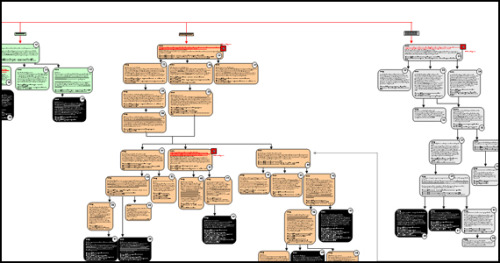 As a promotional game, it is important to create points in the narrative where we can offer pay services from the mobile company. So, we decided to put – as a help to the players – hints and tips of the game that the player can buy using services and other tools of the company.
As a promotional game, it is important to create points in the narrative where we can offer pay services from the mobile company. So, we decided to put – as a help to the players – hints and tips of the game that the player can buy using services and other tools of the company.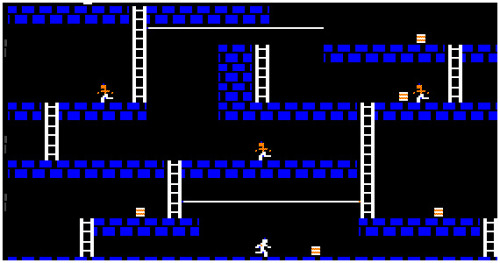 •The goal: is the specific outcome that players will work to achieve
•The goal: is the specific outcome that players will work to achieve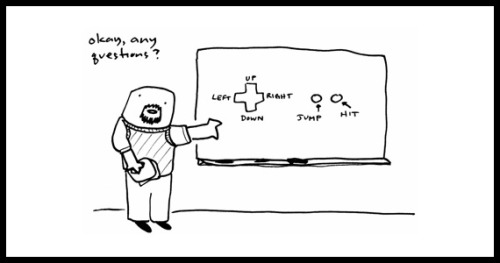 4.In the USA:
4.In the USA:
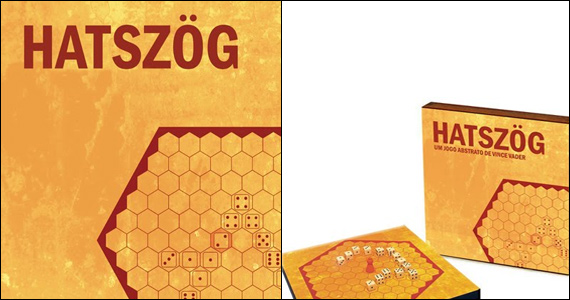

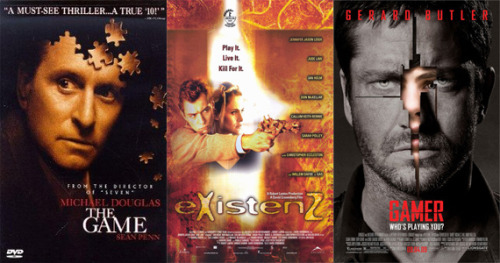
 Figure 1: the interface of the game. There´s a time counter, a score for points and a bonus multiplier. The icons in the center of the screen reflects social problems to be solved. (design and code by Cenildon Muradi Jr.)
Figure 1: the interface of the game. There´s a time counter, a score for points and a bonus multiplier. The icons in the center of the screen reflects social problems to be solved. (design and code by Cenildon Muradi Jr.) Figure 2: in the end of a stage it's possible to send opinions, critics and praise about the social problems to the political group.
Figure 2: in the end of a stage it's possible to send opinions, critics and praise about the social problems to the political group. When we are talking about advergames it´s important to highlight two main concepts: in-game advertising and product placement.
When we are talking about advergames it´s important to highlight two main concepts: in-game advertising and product placement.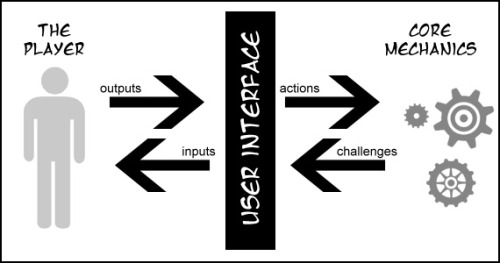
 I had the chance to participate in many panels and see excelent key notes, but it was during a presentation of Professor Espen Aarseth – a major figure in the emerging fields of video game studies and electronic literature – that I had the insight that led me to start writing on this blog.
I had the chance to participate in many panels and see excelent key notes, but it was during a presentation of Professor Espen Aarseth – a major figure in the emerging fields of video game studies and electronic literature – that I had the insight that led me to start writing on this blog.Copyright © 2010 best gaming